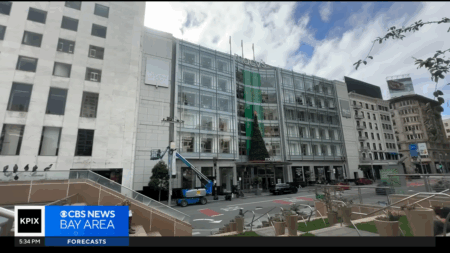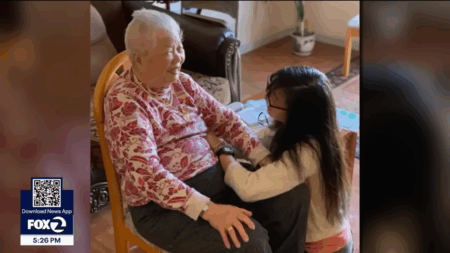Pope Francis died Monday, the Vatican introduced, historical past’s first Latin American pontiff who charmed the world along with his humble fashion and concern for the poor however alienated conservatives with critiques of capitalism and local weather change.
When a pope dies or resigns, the Faculty of Cardinals convenes as a Papal Conclave to elect a successor. The Faculty discusses attainable replacements, and periodically, the Cardinals forged secret ballots to vote for a successor.
If there isn’t any clear winner, the ballots used for the voting are burned with one thing that makes the smoke that rises from a particular chimney to show black, indicating a failed poll.
What’s a Papal Conclave?
The Conclave is the process for electing the subsequent pope. It takes place in isolation to keep away from exterior influences. That has to occur at least 15 days, and not more than 20 days, after the dying of the pope. That’s nothing lower than 15 days out of respect to the earlier pope, and not more than 20 days, so there isn’t any delay within the course of.
In the intervening time, there are 252 cardinals, or as they name them, “Princes of the Church.” Out of that quantity, 135 are eligible to vote for the subsequent pope. The eligibility is predicated strictly on age. Church regulation says nobody over age 80 can vote.
How is a brand new pope chosen?
If any contender wins a two-thirds majority, a brand new pope will be instantly named.
If no candidate has two-thirds of the vote, nonetheless, the ballots will likely be burned with one other chemical that ought to ship black smoke into the sky and drive cardinals to vote once more in successive rounds.









